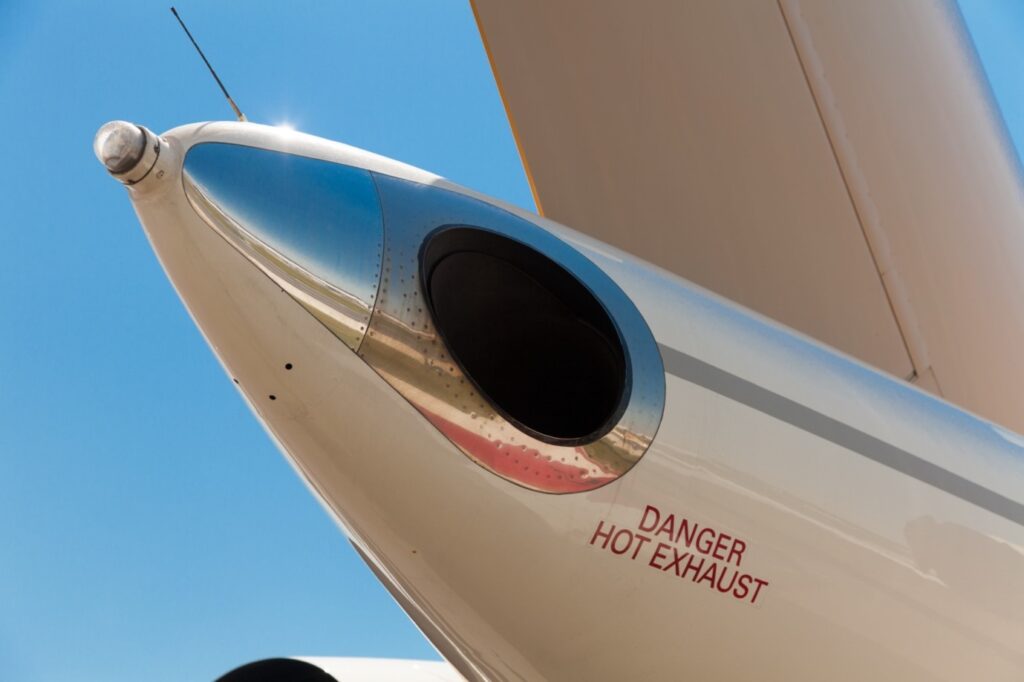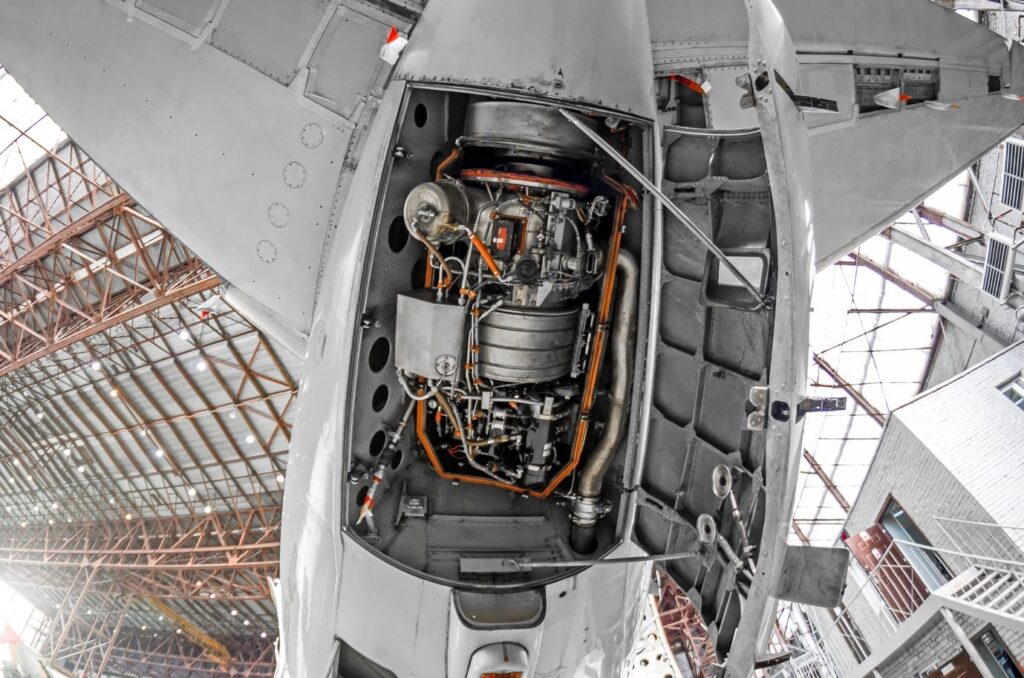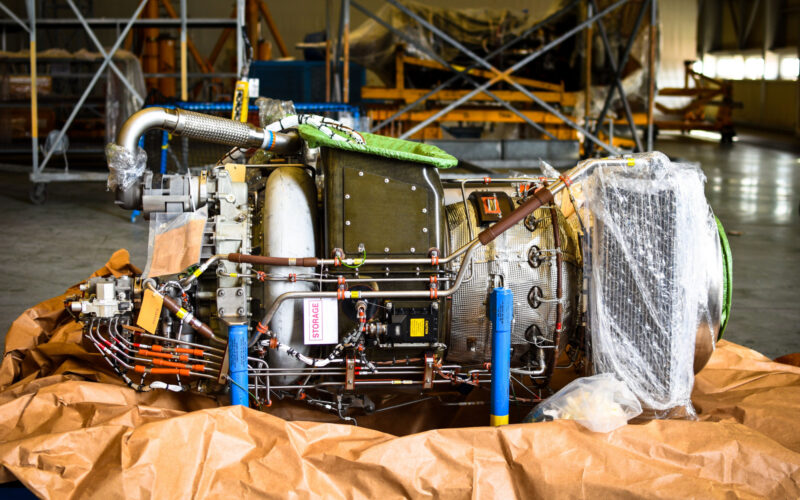In the sprawling world of aviation, there are many components and systems that contribute to the safety and efficiency of an aircraft. While most passengers are familiar with the engines that power the aircraft during flight, far fewer will be aware of another vital component: the Auxiliary Power Unit (APU).
The APU plays a crucial role in enhancing aviation safety and efficiency by providing essential power and enabling various functions both on the ground and in the air. Let’s find out how.
What is the APU?
The APU is a self-contained engine-like device located at the rear of an aircraft. In most commercial airliners, the APU is situated in the tail cone area, near the empennage of the aircraft. This positioning allows for efficient exhaust and minimizes the impact of noise and vibration on the cabin and cockpit areas.
However, it’s important to note that the specific location of the APU can vary between aircraft types and manufacturers. Some aircraft may have the APU installed within a dedicated APU compartment accessible from the exterior of the aircraft, while others may have it integrated into the fuselage structure. The APU is usually housed in a fire-resistant enclosure or compartment to ensure safety in case of any related fire incidents.
The unit is primarily responsible for generating power in those instances when the aircraft’s main engines are not in operation, such as during ground operations or when the aircraft is parked. Although the APU is typically inactive throughout the flight, it does have the capability to be utilized during flight if necessary.
Role and functions of APU
The APU provides multiple vital functions that contribute to aviation safety and efficiency.
Here are some of its key roles:
Power generation
One of the primary functions of the APU is to generate electrical power to run various aircraft systems. It supplies electricity to vital components such as avionics, lighting, environmental control systems and hydraulic systems, ensuring that critical functions can be performed even when the main engines are not running.
Engine starting
The APU guarantees that the engines start in a reliable fashion by providing the necessary power and compressed air. This is crucial for a safe and efficient takeoff in which the engines start smoothly and without any issues, minimizing the risk of a failed or delayed engine start.
Ground operations
During ground operations, the APU provides power for various systems, including lighting, air conditioning and pressurization. By having an independent power source, the aircraft can operate safely and efficiently on the ground, even in locations where external power sources may be limited or even unavailable.
Emergency power source
In the event of an engine failure or loss of main electrical power during flight, the APU acts as a backup power source. It ensures that crucial systems such as flight controls and avionics remain operational, allowing the pilots to control the aircraft safely and perform necessary emergency procedures, such as communicating with air traffic control and executing a safe landing.
Fire detection and suppression
Modern APUs are equipped with advanced fire detection and suppression systems. These systems monitor the APU for any signs of fire or overheating, and in the event that fire is detected they automatically activate fire suppression agents to extinguish it. By detecting and suppressing APU fires, the risk of fire spreading and jeopardizing the safety of the aircraft and its occupants is significantly reduced.

When was APU introduced and by whom?
The concept of an auxiliary power unit dates back to the early days of aviation. In the past, aircraft relied on external power sources, such as ground-based equipment or an external power cart, to provide electrical power during ground operations. However, the need for a more self-reliant and efficient power source arose when modern jets entered the market, fueling the development of the APU.
The first integrated APU systems were introduced by various aircraft manufacturers between the late 1940s and early 1960s. By way of example, the early versions of the Boeing 707 that entered service in 1958 did not have an APU as a standard feature. Instead, they relied on ground power units or external power sources for starting the engines and powering onboard systems during ground operations. However, over time, as advancements in aviation technology occurred, many Boeing 707 aircraft were retrofitted with APUs.
The Boeing 727, which entered service in 1963, featured an APU to provide power, without relying on an external power source or the need to start the main engines first. Surprisingly, the APU on the Boeing 727 was located in the main landing gear bay rather than the aircraft’s tail. The addition of the APU to the 727 was intended to enhance the operational capabilities of the aircraft by allowing it to operate from a wider range of airports and locations. Since then, APUs have become a standard feature on most commercial and military aircraft.


